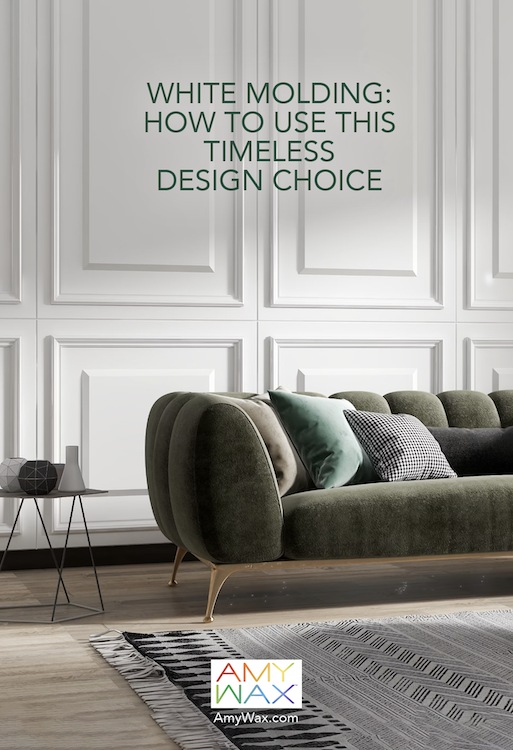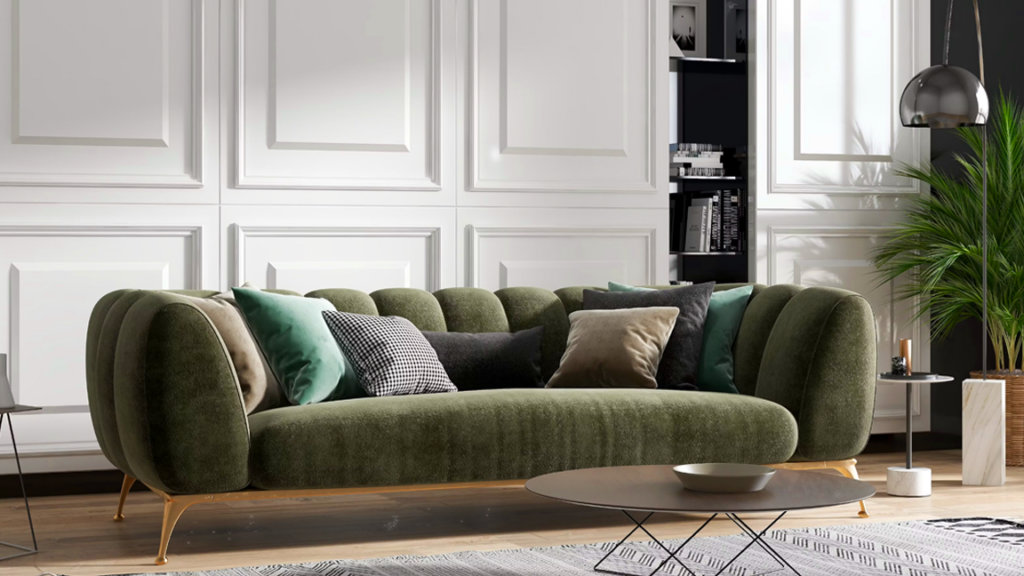
Molding is one of those details that can transform a space without calling too much attention to itself. It’s a design choice that many don’t take immediate notice of; this is especially true for those not in design, building, or architecture fields of work. Many people probably know nothing about it at all!
Whether it’s crown molding framing a ceiling, wainscoting adding texture to a wall, or baseboards providing a clean finish, molding creates structure, dynamics, and polish; this is why I wanted to take the time to discuss how white molding can do so much for a space’s visual allure without taking any of the credit!
Originally, molding was used to create harmony and proportion in grand structures, adding depth and refinement to walls, ceilings, and entryways. It was for grand halls and wealthy families. As architecture evolved, molding became a functional and decorative element in less-regal homes, helping to define spaces, frame transitions, and introduce an intentional sense of scale.
A room without molding can feel a little unfinished—like a great outfit missing the right accessories. A beautiful suit with no tie or watch, a luxury car without a fine leather interior. Molding just adds that extra something that completes how rooms present themselves!
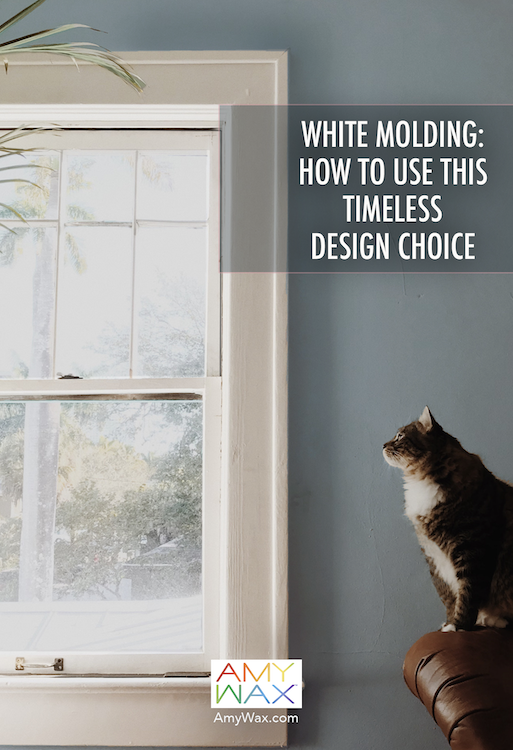
Many homes are built with straightforward, boxy rooms—four walls, a ceiling, and a floor. While functional, these spaces can feel static and uninspired. White molding can change all that! White molding gives a space more movement and visual appeal by framing architectural elements, defining transitions, and adding depth to otherwise flat surfaces.
Suddenly, a plain room gains character. Chair rails can create proportion and balance, panel molding can introduce rhythm and symmetry, and even the simplest bit of trim can provide depth where there is none. Instead of feeling like just another room, the space now has more identity.
Whether we realize it or not, a room with elaborate decorative moldings can feel more formal, while a room without molding can feel unfinished. Even old farmhouses with simpler designs will have molding defining the baseboards and doorways.
Against deep, moody tones like navy, forest green, or charcoal gray, white molding creates a crisp, defined edge that makes the walls feel richer and more vibrant; dark molding will not work in the same way, as it will not have the same level of contrast. In lighter spaces, white molding provides a clean contrast that prevents soft neutrals from looking washed out. White molding is hard at work in the background, no matter what the dominant color arraignment is! Whether the goal is to create drama or add a refined touch, white molding can be the perfect frame for any wall color!
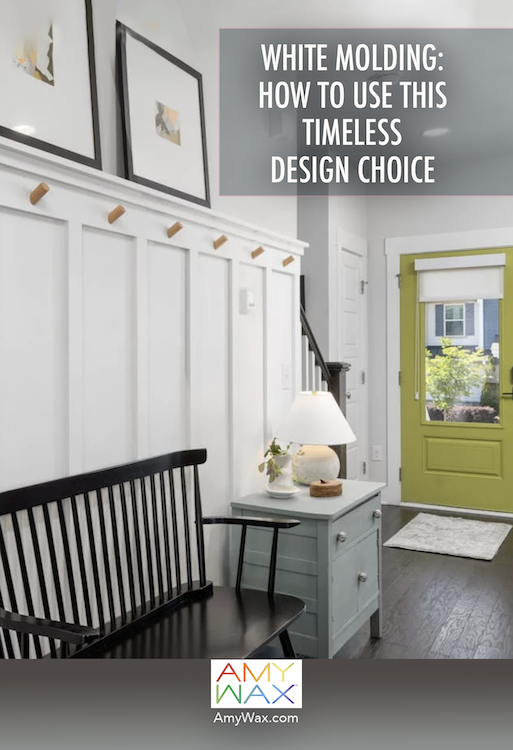
For those unfamiliar, Wainscoting was first used in 16th-century European homes and served as insulation and wall protection in drafty stone buildings. The panels were made of solid wood that lined the lower half of the walls, shielding them from moisture, scuffs, and damage from furniture. I had been told growing up that wainscotting was meant to keep men’s horse riding boots from scuffing the wall paint, which makes sense to me! Wainscoting went from a purely practical element to an elegant design feature.
Today, wainscoting continues to serve a dual purpose. It adds architectural/visual intrigue and texture to a space while protecting walls from everyday wear and tear—especially in high-traffic areas like hallways, dining rooms, and entryways.
Truth be told, wainscotting made from white molding can become the perfect backdrop for furniture while offering a place for everything from shelving to cubbies to coat hooks!
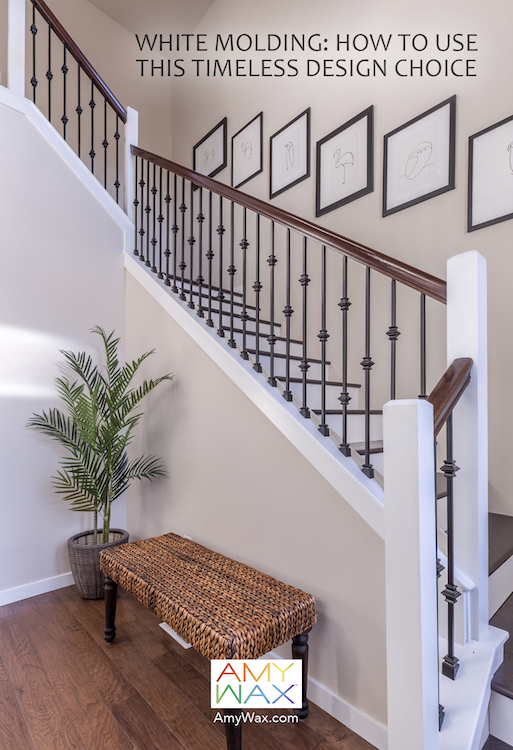
Crown molding is one of the oldest architectural details. Classical architects used decorative trim to frame columns and ceilings, creating a sense of grandeur and proportion. Skilled craftsmen carved elaborate crown moldings from wood and plaster to highlight a space’s height and elegance. In modern homes, crown molding may not be as ornate as its historical predecessors, but its role remains unchanged: bringing balance and refinement to a room.
Crown molding prevents a space from feeling unfinished by softening the transition between walls and ceilings. In homes with tall ceilings, it helps create a sense of warmth and cohesion, ensuring the room feels inviting rather than vast and impersonal. Conversely, well-proportioned crown molding in smaller rooms can add a touch of sophistication and visual interest.
Crown molding is certainly not for everyone, and you’re more likely to see ornate moldings in Victorian homes, simple, understated moldings in older colonial or farmhouse-style homes, or contemporary style moldings in modern/minimalist ones. Still, those who use it fall in love with it!
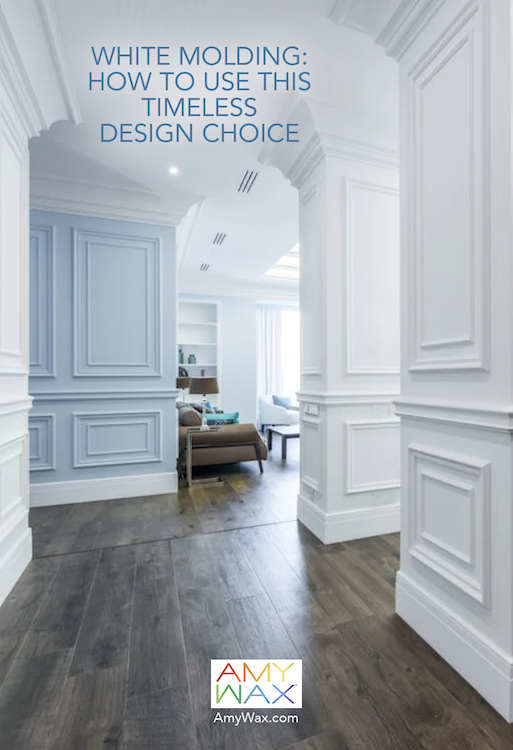
Baseboards may not be the most glamorous design feature, but they are essential to a well-finished room. They frame the space, create a neat transition between walls and floors, and add a sense of structure. As with the example I offered in the crown molding paragraph above, baseboard moldings can be as elaborate or simple as you’d like, depending on the style of your home. Even in a contemporary home, a clean, simple, white baseboard can make all the difference!
White molding has stood the test of time. As a color expert/color consultant, I can 100% say that I rarely dismiss white molding as an option for any of my clients’ spaces. It works with various styles, from traditional to modern, and adapts as a space evolves. So, let’s give white molding a round of applause; it’s the workhorse we often dismiss.
When designing your home, consider white molding before dismissing it. Whether you want your home to be formal and elaborate or understated and contemporary, you can pick the right white molding, adding formality or simplicity—whatever makes it feel like the home you’ve always wanted!
